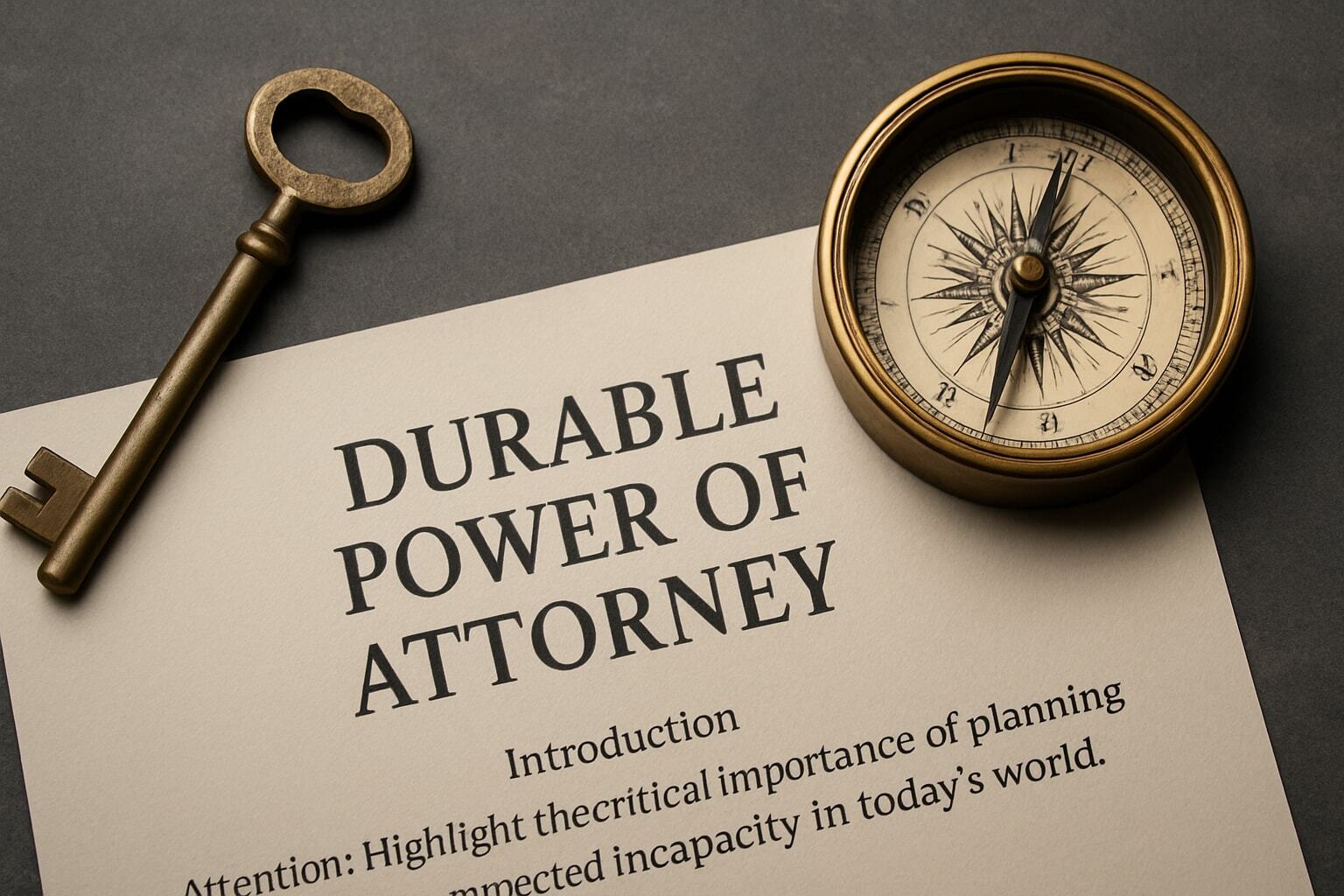7 Memorable Ways to Document and Preserve Your Family History: for Dummies
In a world where time sweeps us forward and memories fade like whispers in the wind, there’s this indescribable longing to preserve the essence of who we are, to safeguard the stories that define our very existence.
Which is probably why you’re reading this post. Because you feel that need too.
We are more than mere individuals; we are a tapestry woven together by the threads of our ancestors, their triumphs, struggles, and unwavering resilience. Family history is not just a collection of names and dates; it is the heartbeat that connects us to our roots, carrying the weight of generations that came before us.
| TABLE OF CONTENT |
Each one of us carries a unique legacy, a tapestry of experiences and wisdom passed down through time. From the tales whispered by grandparents in hushed voices to the faded photographs that speak volumes of forgotten moments, our family history holds a precious key to our identity.
Within the tapestry of our lineage, we find the fragments of our heritage, the stories that shaped us, and the values that guide us.
By deciding to document and share your family history, you embark on a journey of remembrance, a tribute to the lives that have shaped your own, and preserve it long enough for the next generations to share in your experience.
Why Should You Preserve Your Legacy for Your Future Generation?
There are a number of reasons people decide to preserve their legacy. It could be anything from legal and estate planning reasons to the simple act of carrying our loved ones while they’re still with us and after they’re gone.
And the good news is that documenting and preserving your legacy so that it lasts for generations doesn't have to be extravagant or expensive.
We've compiled a list of quick and easy ways you can get started on preserving your family legacy right now. Your younger and unborn relatives will be grateful you did. Let’s dive in.
Here is a list of quick and simple steps you can take to get started on preserving your family legacy right away. Your younger and unborn relatives will be grateful you did. Let’s dive in.

How to Document and Preserve Your Family History
1. Digitize Old Films and Photos:
Every family has at least one enormous, unopened photo album that sits on the bookcase's bottom shelf. Or, even worse, dozens or even hundreds of loose pictures buried in a box or bag at the back of a closet or stashed somewhere in the attic.
The challenge with this is that they’re vulnerable to all kinds of disasters; fire, flood, decay, etc.
In a blink of an eye, the funny family Christmas photos, the family beach pictures, the newborn family photos, the wedding pictures, 80s family portrait, all those memories, all gone.
There are only a few things that match the emotional agony this brings with it.
Gladly, here are some simple steps to ensure these pictures stay with you forever and your family;
- Use your smartphone to capture your physical photos (no need to get fancy and expensive).
- Create Digital Photo Albums (optional)
- Upload them to the cloud
- Share access to these files with your loved ones. This way your family legacy lives on, even long after you’re gone.
But what if you don’t want your family all the access right now? What if you have a video, voice recording, or document you want to see only when you’re no longer available, what do you do?
Read on, you are about to find out how to safely share your family history with your family on your terms.
2. Digitize Documents of Emotional Value:
This could be anything from heartfelt letters given to you by family members, a picture of the kid’s duty roster, or a chronicle of your family history.
Downright any document that holds an emotional value, you can safely secure online following these steps;
- Scan your document with your mobile device and convert to document using any of these tools.
- Upload these documents to your cloud storage provider
In case you want your loved ones to only get to see this on specific dates and under certain conditions, but don’t how to do this because cloud providers don’t allow you such… Well, we’re way ahead of you. Read on to find out how.
3. Record a Family Interview:
Directly recording family memories from the source is a fantastic approach to preserving them. Every family member has a special story to share that adds to your family's history.
The best approach to accessing and retaining memories while also discovering more about your family is through conversation. A family interview doesn't have to be a difficult or formal procedure to conduct. All you need is a willing family member, recording equipment, and some interview questions.
4. Save and Upload Voicemails or Recordings:
When we’re no longer able to speak with a loved one, their voice can be exceptionally powerful. Saving some of your favorite voicemails left by loved ones is a brilliant approach, even though it could be difficult to foresee ahead of time.
You can typically download and save voicemails as personal files from voicemail boxes and upload them to your cloud storage.
By recording their voice, you keep their memories alive and treasure them forever.
5. Write a Memoir or Family History:
While traditions like families gathered around the bonfire or outdoor barbecue stories might soon become a thing of the past, that doesn’t mean that your family history should go along with it.
There are non-visual means of preserving family memories. Consider writing a memoir for future generations. Writing is a fantastic technique to draw attention to particular events or stories that are important to your family's history. A written book also makes a wonderful gift or heirloom to be passed down through the generations.
By assembling nostalgic tales from the past or recording the history of relatives, you can preserve your family's legacy.
6. Create a Family Cookbook:
Family recipes reveal a lot about your history, culture, and ancestry. the kinds of spices you use, the techniques you use when cooking, or the decisions you make when selecting ingredients. Food has long been a symbol of affection, and sharing family recipe book is a lovely way to preserve and commemorate past customs.
The ability to cross multiple generations is another advantage of recipes. It might be the family's top-secret banana bread recipe, which granny taught Mom and is now being passed down to you. Family memories can span decades through recipes.
Making a family cookbook is a fantastic method to preserve these customs. So that future generations can enjoy your family favorite recipes and dishes, take the time to collect family-famous recipes from old cookbooks, handwritten kitchen notes, and chef's memory. Once you’re done, safely secure them from physical loss by storing them in the cloud.
7. Design a Family Tree:
A family tree is another way to keep family memories alive and provides a visual depiction of your ancestry. Finding vital information about ancestors who may no longer be living involves some investigation when creating a family tree. You can discover relatives you never knew you had as a result of this
By consulting important documents regarding births, deaths, marriages, immigration, and more, you can research your lineage. You can either do this on your own using publicly accessible records or with the aid of professional genealogy research.
You can create a family tree as a living document to share with other family members and save your family history. This way you make it easy for any member of your family in the future that wants to learn about their lineage.
Now you’ve learned all these memorable ways to protect and preserve your family history and traditions, there’s still one thing left;

How to Pass on Your Family Legacy: To the Next Generation
The great news is, you’ve managed to create digital copies of these highly important pictures, videos, and every other part of your legacy. They now exist online. Pictures and videos of the Kids during Christmas and the holidays, your memoir, the awkward family Christmas photos, the family recipe, video or audio recording of a lost loved lost, etc.
And perhaps you’ve put in the extra effort in storing them in your cloud provider.
While that’s a great start, there are a few caveats to be aware of when storing your documents with regular cloud storage providers;
- Pesky storage limitations.
The last thing you want is to compress the size and quality of your photos or videos in order to fit in all your files as there are additional costs for uploading past your allocated space. These can quickly add up if you are trying to store more files. But hey, if you want more space, you can always pay more. - Support.
Support for cloud storage isn't the best, especially if you are using a free version of a cloud provider. Many providers refer you to a knowledge base or FAQs. - Privacy.
When you use a cloud provider, your data is no longer on your physical storage. So who is responsible for making sure that data is secure? That's a gray area that is still being figured out. - Zero flexibility of use.
What about those time-sensitive documents such as your will, a heartfelt letter you wrote, or one written to you, a video recording by you or someone you love, one that you’d like a family member to have, but not until a specific date?
The truth of the matter is, It’s a tedious and resource-gobbling exercise. Going through the process of involving a third party or even hiring a lawyer to grant access to all these materials and set the conditions to share them with your loved ones when the time comes.
That’s why we built the IronClad Family platform. You can finally have access to:
- Up to 1Tb of cloud space.
Store all your important pictures, videos, documents… and then some. Bye-bye to stacking up bills on cloud storage. - 24/7 Chat Support system.
Rather than just refer you to a knowledge base or FAQ, you get free access to live chat support to help you navigate any challenge you may encounter. - Government-level + Zero-Knowledge Encryption.
Your vaults are protected by 256-bit encryption. What this means is that your files are so encrypted, nobody else can see them. Not even the IronClad Family team. - Content delivery system.
All your documents, pictures, videos, digitized heirlooms, etc. You can assign them to be viewed by another family member or set them to be delivered to a loved one on specific dates or under certain conditions.
Conclusion
As you embark on this exciting and sacred endeavor of preserving your legacy, remember that in documenting and sharing your family history, you breathe life into the past, honor your ancestors, and gift your future generations with the timeless treasure of their own identity.
To find out more about how you can use the IronClad family platform to store, secure and automatically deliver your content according to your wishes in just a few clicks, click here.




